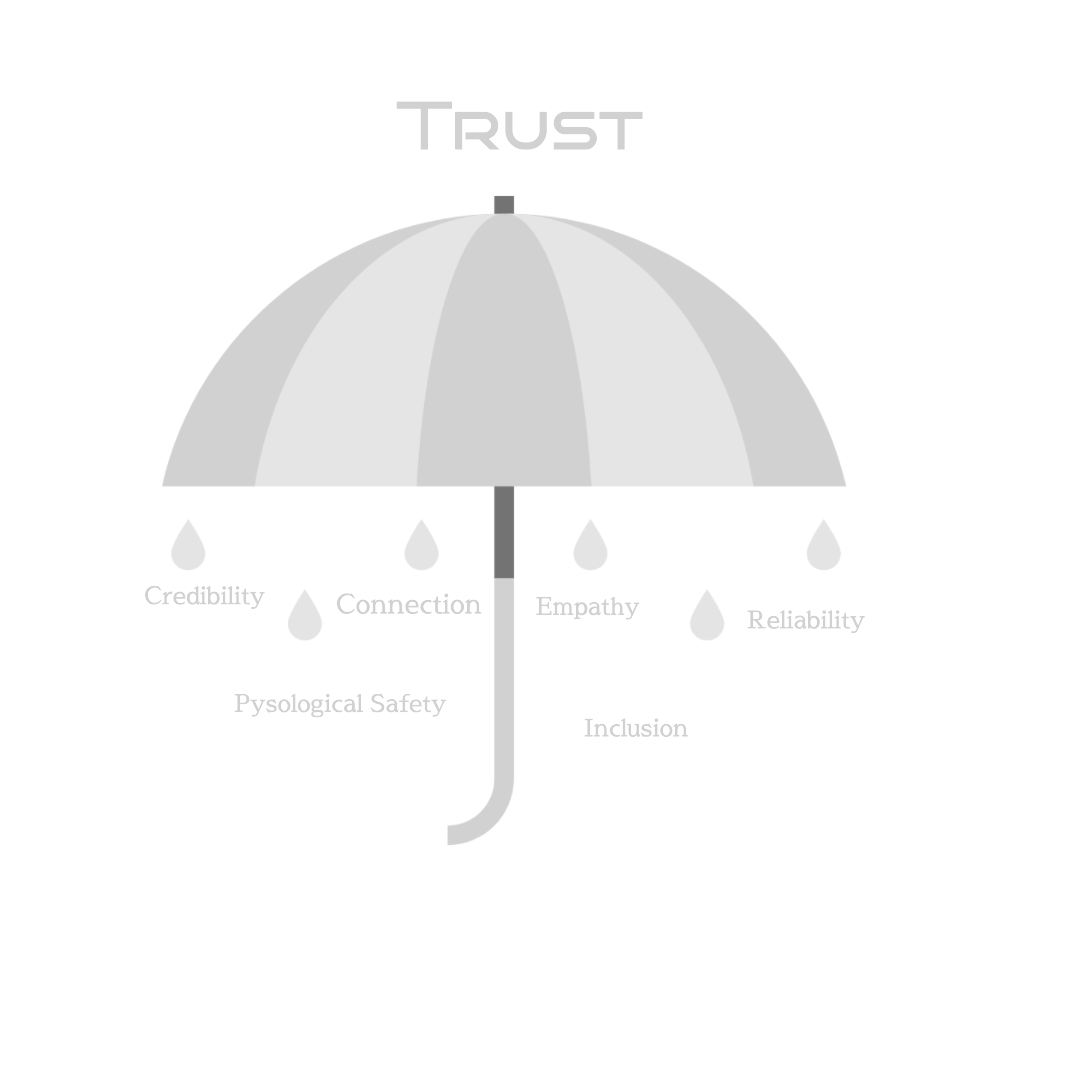
Psychological Safety it is different from trust Lets see How ?
Its very common we hear from our manager or colleague says that its ok to make the mistake But the real challenge is we often forget to ASK the very important question to others and ourself
- How hard you tried ?
- How much effort you put in ?
- Did we/myself set the right expectation to our employee when we say its ok to make the mistake ?
Probably Answer might be No.
Prioritizing a hierarchy of values within an organization begins with an unwavering commitment to safety as the foremost concern. This ensures that employees feel physically and emotionally secure in their work environment, creating a foundation upon which trust can then be built.
Once safety is firmly established, trust naturally follows. Trust is cultivated through consistent actions and transparent communication that aligns with the organization’s values and goals. Trusting relationships between leaders, team members, and colleagues create a harmonious and productive atmosphere.
Furthermore, once trust is established, the focus can shift to fostering inclusion and belonging. Inclusion ensures that individuals of diverse backgrounds, perspectives, and experiences are not only welcomed but actively involved and valued in the organization. This leads to a sense of belonging, where everyone feels a genuine connection to the organization’s mission and culture.
The sequence of safety, trust, inclusion, and belonging forms a strategic pathway to building a robust and harmonious workplace culture where individuals thrive and contribute their best.
Either both team lead and the manager actively promote a culture of innovation and responsible for the growth within the team, emphasizing the importance of encouraging team members to embrace calculated risks as a means to foster creativity. They should believe that by taking risks, team members not only expand their skill sets but also uncover new opportunities for learning and improvement, ultimately contributing to the overall success of the team and the organization as a whole.
If we envision trust as a vast umbrella, it becomes evident that psychological safety is merely one crucial element nestled beneath its protective canopy
Leadership’s role extends beyond just managing; it involves nurturing an atmosphere in which team members are motivated to embark on risks that are in harmony with the organization’s overarching vision and strategic objectives. This approach to leadership encourages creative problem-solving and innovation while ensuring that every risk taken contributes synergistically to the long-term goals of the organization. Effective leaders understand that by fostering a culture of strategic risk-taking, they empower their teams to boldly explore uncharted territories, harness untapped potential, and collaboratively forge a path toward the realization of a shared and ambitious future.
Innovation and creativity flourish when team members embrace a mindset that welcomes calculated risks. Therefore, it is of paramount importance for a leader to cultivate an environment that fosters psychological safety, as this forms the bedrock upon which a culture of innovation can thrive.
In such an environment, team members feel secure in expressing their ideas, experimenting with novel approaches, and pushing the boundaries of conventional thinking. The leader plays a pivotal role in this process by creating a space where mistakes are viewed as valuable learning opportunities rather than failures, and where diverse perspectives are not only welcomed but actively sought after.
By prioritizing psychological safety, a leader not only encourages risk-taking but also empowers team members to tap into their full creative potential, resulting in a dynamic and innovative team that consistently contributes to the organization’s growth and success.
In the realm of creativity and innovation, the concept of risk is integral. It signifies the courage to step into uncharted territories, challenge the status quo, and explore novel possibilities. Without risk-taking, the spark of ingenuity often remains dormant. Therefore, effective teams actively incorporate risk as a fundamental component of their strategy.
The relationship between creativity, innovation, and risk is symbiotic, and the most effective teams recognize that the willingness to take risks is a cornerstone of their success, fostering an environment where imaginative thinking flourishes and groundbreaking solutions emerge.
